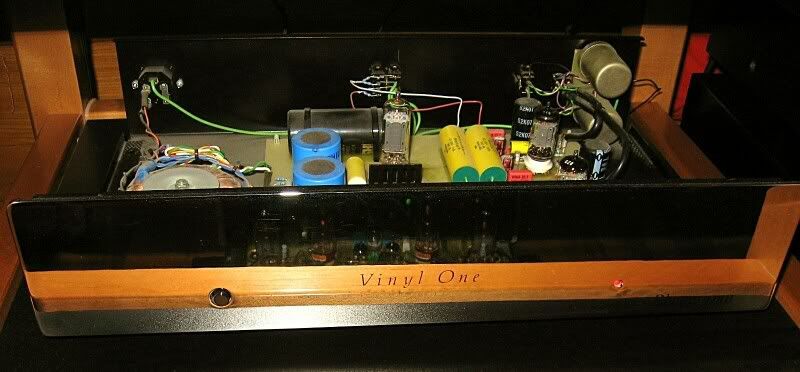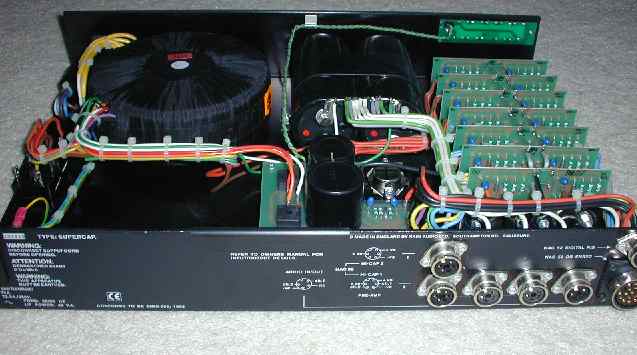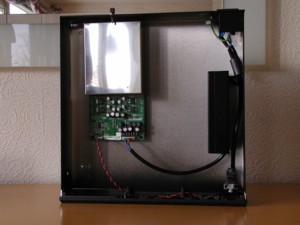Graham Slee. Less is more! I am shocked. - - pics
174.51.210.194 |
||
| Posted on October 17, 2009 at 16:34:36 | ||
|
Posts: 46302
Location: USA Joined: June 22, 2001 Contributor Since: February 2, 2002 |
So I'm totally thrilled with my budget turntable setup including the high-value $179 USD Cambridge 640p phono pre. It's sounding wonderful with my Denon HOMC DL160 cartridge and for $179 who can complain? I would recommend it highly for someone like me just getting started and not wanting to spend a fortune. I opened the 640p and took a handful of quick snap shot photos of the inner guts which are available here in Vinyl Asylum several threads further down the page. You get a LOT of parts for the money in the 640p including a complete MM and MC section with their front-end shielded in copper and internal DC power supply that is partitioned off in aluminum. Go take a look at the photos (linked below) and you'll see what I mean. My used Graham Slee Era Gold V arrived today. It's a nice looking but very basic MM only phono pre. I put it into my system and WOW! The first thing I notice is that it's more transparent than my Cambridge 640p. Cymbals come alive with crystal clarity and the bass is better defined.... not deeper just better detail and again with sharper transient "snap" on the leading edge. The sound is still smooth all around and not "etched" but the leading edge of strings and percussion instruments are sharper sounding. The whole thing seems more transparent and "clear". But look what's inside!! Hardly anything and it costs $999 USD MSRP vs $179. Where are all the parts!? Less is more? This one is worth reverse engineering for a DIYer with time on his hands. I tried to see what opamp Graham Slee used in this design but the part number was painted over with a black sharpe pen. I could tell that there was a part number hiding under there but I couldn't make it out. Not until I broke out my 10x loupe and put it under a lamp at just the right angle. It's an Analog Devices AD817 single opamp made for very high speed signals including image acquisition and video. If you google "AD817 opamp" the datasheet is readily available in PDF. The stock PS Audio GCPH should be here next week and might give the Graham Slee Era Gold V some competition. We'll soon see and I'll post my findings here. 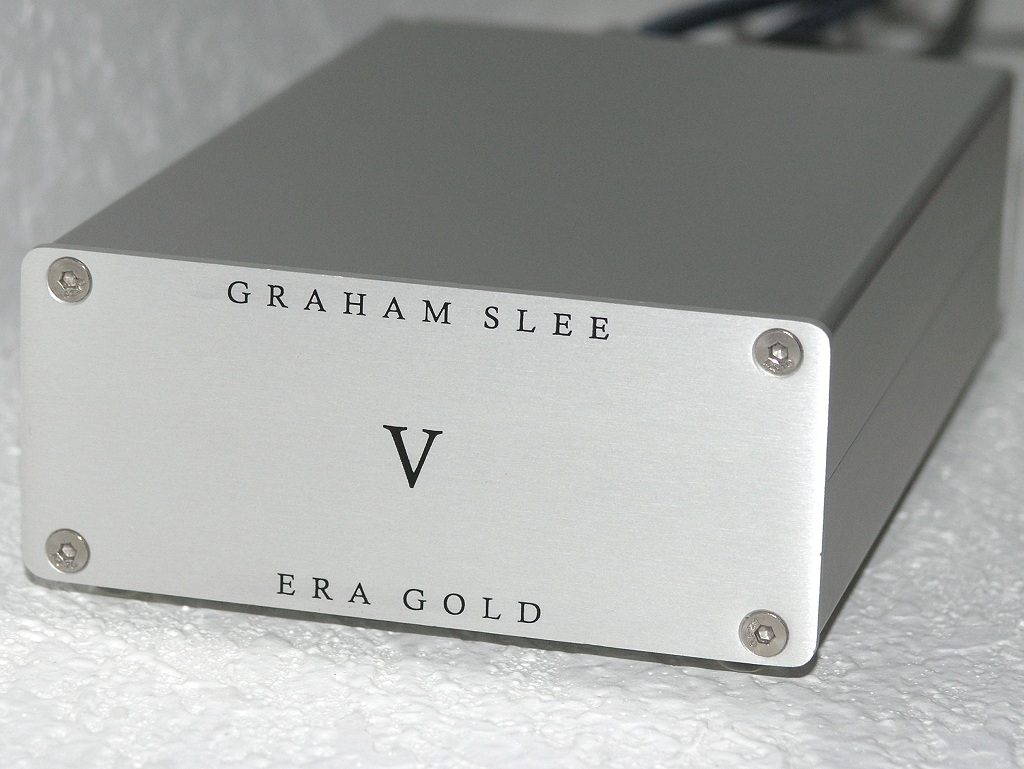 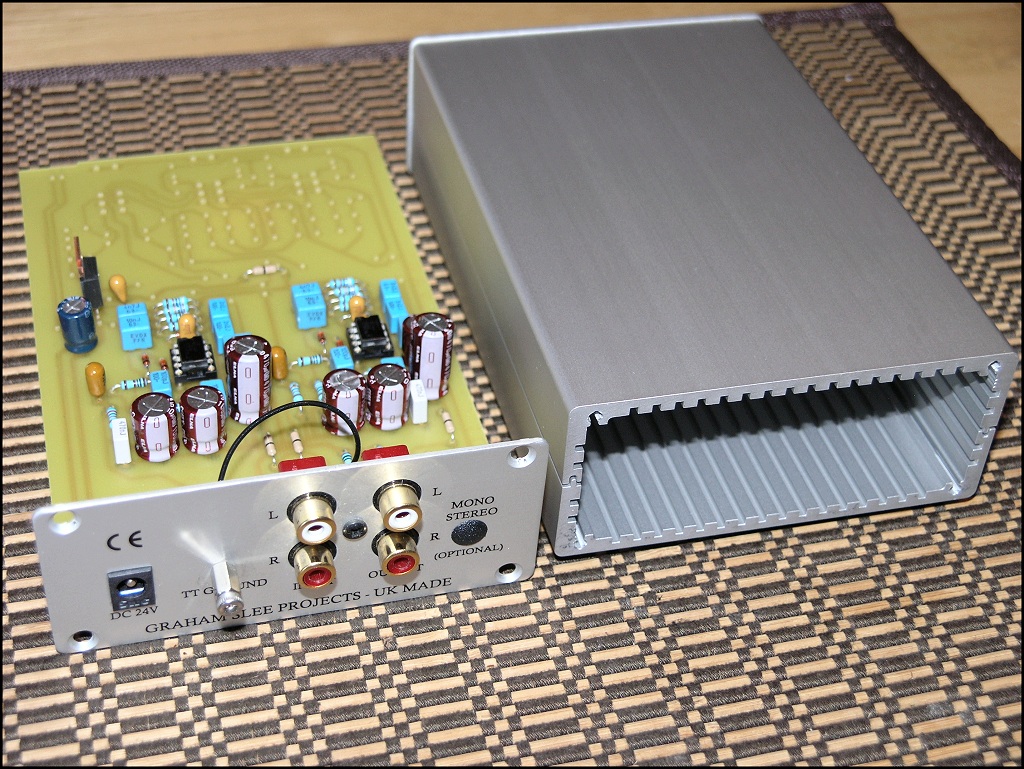 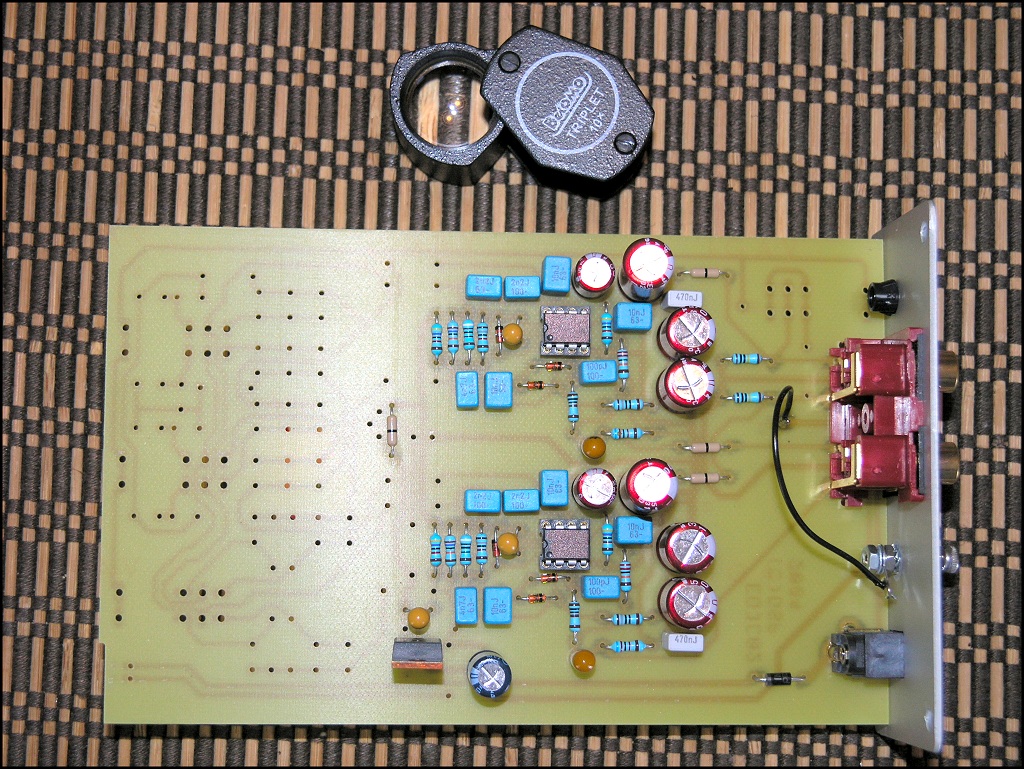 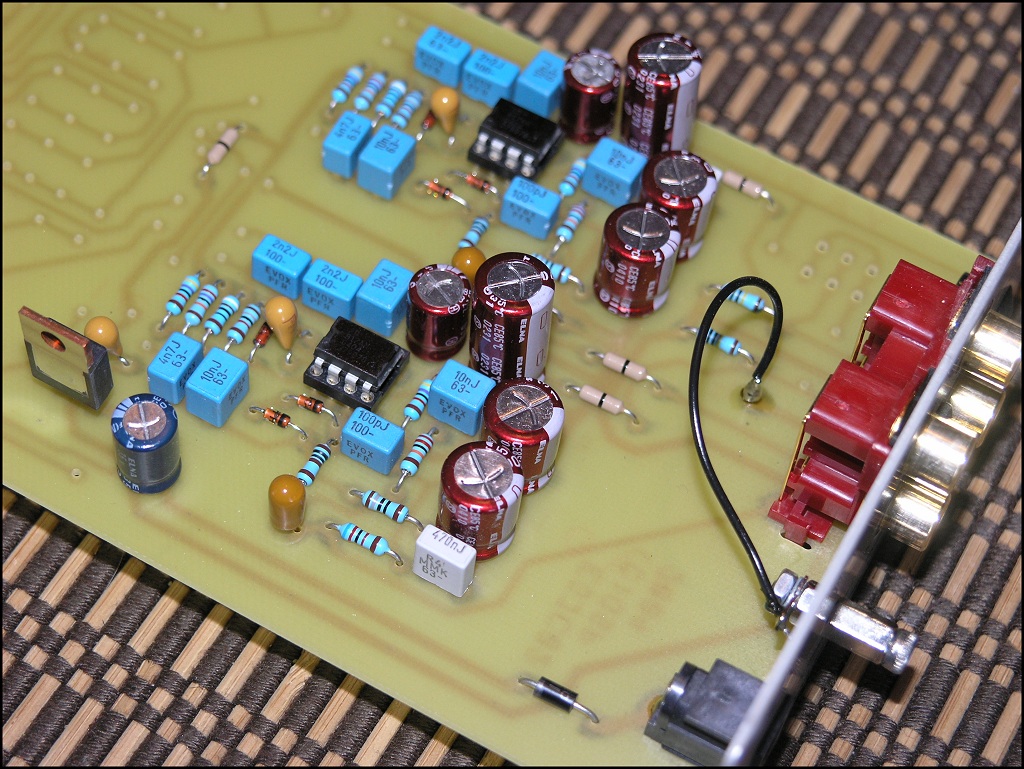  |
|
| These single amp units are becoming common..., posted on October 17, 2009 at 18:19:32 | |
|
Posts: 5610
Location: S. Florida Joined: July 21, 2005 |
With a single stage you place all the eq in the op-amp's feedback loop. I doubt there's much difference between the Behringer PP400 and this except the quality of the parts. Here is a link to the VSPS, and see the link below for my pics of the PP400: |
| RE: nothing less about an opamp..., posted on October 18, 2009 at 09:44:08 | |
|
Posts: 5610
Location: S. Florida Joined: July 21, 2005 |
Yep. When it comes to IC's, you can't just count the parts. |
| But it is more complex than..., posted on October 18, 2009 at 20:22:34 | |
|
Posts: 10273
Location: IN Joined: July 8, 2001 |
this.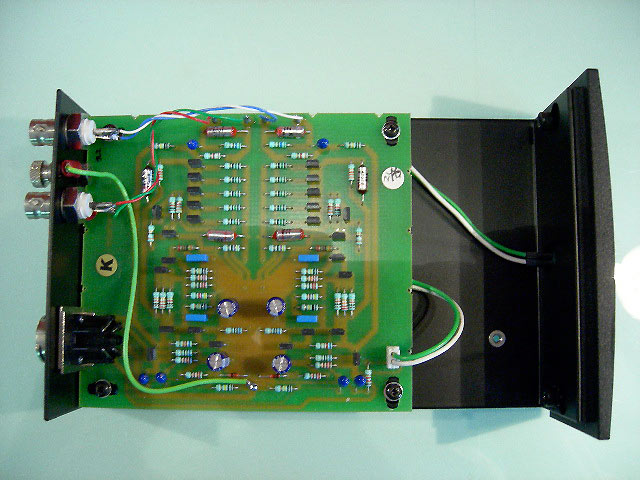 As you said, make it as simple as possible, but not simpler. :)  |
| Great phono stage but ..., posted on October 19, 2009 at 07:21:52 | |
|
Posts: 18614
Location: Ontario Joined: November 22, 2003 |
being OpAmp based it does present a bias challenge to many. :( |
| Looks like 51000, posted on October 19, 2009 at 09:01:28 | |
| It's easier to see in the bigger picture | |
| Well .., posted on October 19, 2009 at 09:51:00 | |
|
Posts: 18614
Location: Ontario Joined: November 22, 2003 |
I'd say don't cheap out on the cable, you won't know how good it really is if you do!
|
| Abe, can we get one more close up?, posted on October 19, 2009 at 11:38:37 | |
|
Posts: 5610
Location: S. Florida Joined: July 21, 2005 |
And maybe a pic of the solder side? (pretty please) |
| RE: Graham Slee. Less is more! I am shocked. - - pics, posted on October 19, 2009 at 11:57:00 | |
| and I should add, it sounds incredible. I could not be happier with it. | |
| RE: Graham Slee. Less is more! I am shocked. - - pics, posted on March 4, 2019 at 00:56:11 | |
|
Posts: 2
Joined: March 4, 2019 |
 Graham Slee Reflex M |
| RE: Graham Slee. Less is more! I am shocked. - - pics, posted on March 4, 2019 at 00:56:58 | |
|
Posts: 2
Joined: March 4, 2019 |
 Graham Slee Reflex M |



